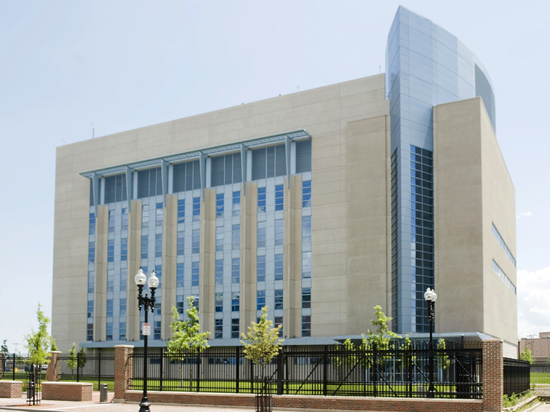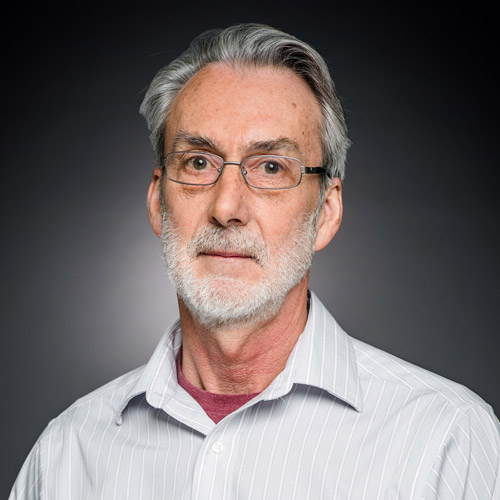BU to Seek Permission for Low-Level Research at NEIDL
Risk assessment will continue

Boston University will ask the state Executive Office of Energy and Environmental Affairs later this month for permission to conduct lower-level biosafety research in its National Emerging Infectious Diseases Laboratories (NEIDL), located on the BU Medical Campus in the South End.
Construction on the $200 million facility was completed in September 2008, but controversy and litigation surrounding the proposed study of agents requiring the highest biosafety level, known as Biosafety Level 4 (BSL-4), has kept the building’s 192,000 square feet of laboratory space closed. The National Institutes of Health (NIH) is currently overseeing a supplemental environmental risk assessment study in response to concerns raised by the courts and the community.
Stephen Burgay, senior vice president for external affairs, says the University is fully supportive of the supplemental environmental risk assessment process. “We want it to be a thorough and complete examination of the legitimate questions raised about the future of BSL-4 research in urban medical centers like ours,” says Burgay. “At the same time, only 16 percent of the space in the building is designed for BSL-4 research laboratories. It makes sense to put those lower safety level laboratories to use now instead of leaving them empty.”
BU’s request, if granted, would allow the University to begin BSL-2 research later this year. Ronald Corley, Medical Campus associate provost for research, says the NEIDL’s level two research would initially involve tuberculosis. A waiver would also allow BU to apply to the Boston Public Health Commission for the appropriate permits to do BSL-3 research. Corley says that research would initially involve drug-resistant forms of TB, which require the higher biosafety features of a Level-3 lab. He says the University would not conduct BSL-3 research activities in the NEIDL until the NIH supplemental risk assessment is completed and considered.
Dozens of labs throughout the commonwealth, including several at BU, currently conduct BSL-2 and BSL-3 research. Biosafety levels are assigned based on primary risk criteria, including infectivity, severity of disease, and the nature of the work being conducted. Each level of containment describes appropriate laboratory practices, safety equipment, and policies for conducting research with a particular agent. The policies are in place to protect researchers, nonlaboratory occupants of the building, the public health, and the environment.
University officials stress that their request is limited to lower safety level research and would not permit researchers to conduct BSL-4 work. BSL-4 work could not take place until and unless the regulators and the courts review the supplemental environmental risk assessment and determine that it is permissible for BU to conduct that highest biosafety level research in the building.
“All research at any BSL level will be transparent to the public,” says Burgay. “All research proposals will be approved by the Boston University Institutional Biosafety Committee (IBC), which includes senior-level research scientists, environmental health and safety administrators, and two community representatives. The NEIDL Community Liaison Committee, which is composed of six community representatives, will review research proposals and provide input on community concerns. All minutes of the meetings of the IBC are public and available on the Boston University website.”
Art Jahnke can be reached at jahnke@bu.edu.

Comments & Discussion
Boston University moderates comments to facilitate an informed, substantive, civil conversation. Abusive, profane, self-promotional, misleading, incoherent or off-topic comments will be rejected. Moderators are staffed during regular business hours (EST) and can only accept comments written in English. Statistics or facts must include a citation or a link to the citation.